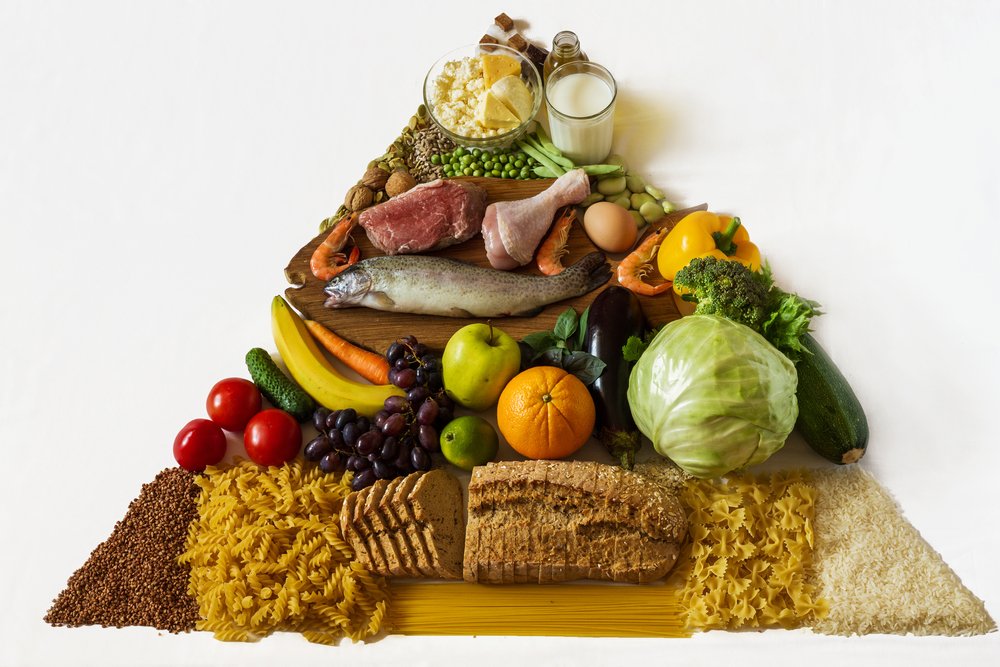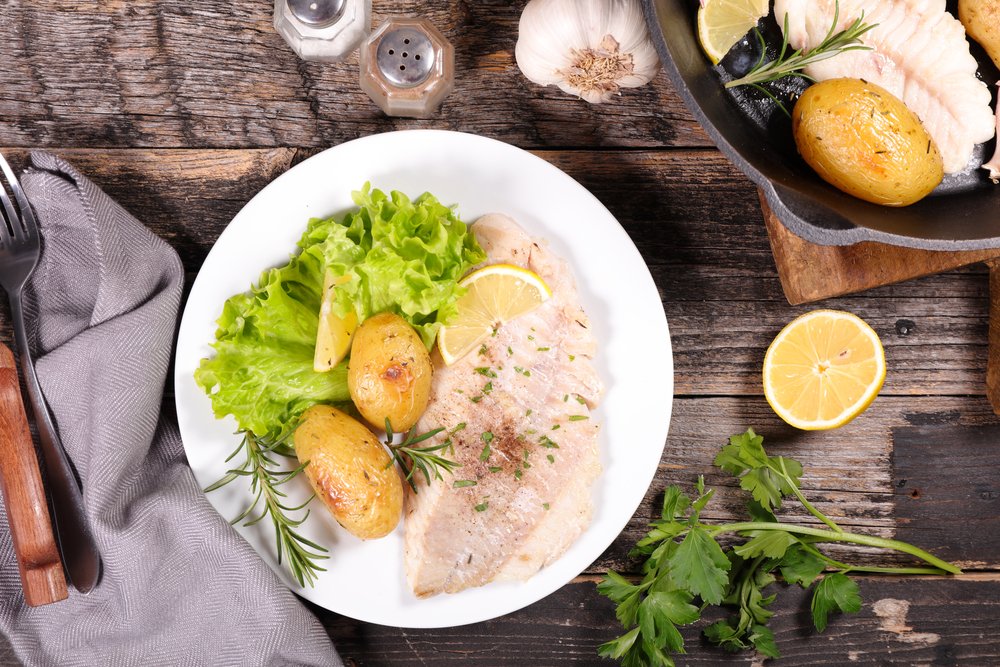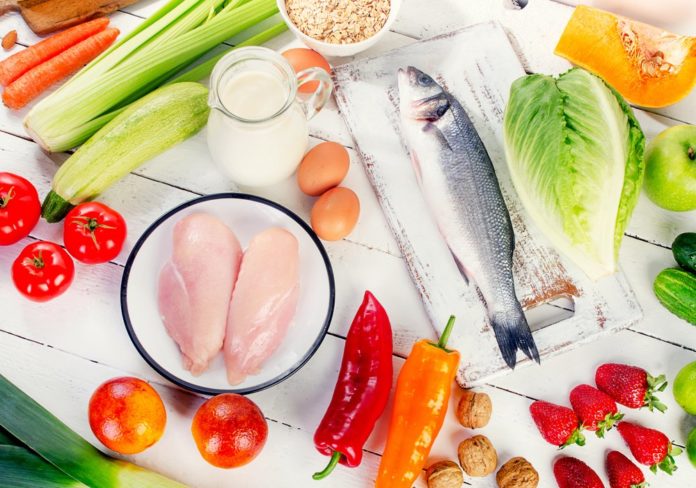Food guides have been around for a long time. You probably studied one back in grade school, whether it was the Food Wheel of 1984, the Food Guide Pyramid of 1992 or the MyPyramid Food Guidance System of 2005. But as you can see from this list, food guides aren’t permanent; they’re subject to change as our knowledge and awareness grows. The latest version, MyPlate, was unveiled by Michelle Obama in 2011. And who knows? There may be more in years to come.
Why Do Food Guides Change?

Nutrition guides are always adapted for good reasons. Most of the time, the modifications reflect new scientific findings or respond to modern health crises. Many people may remember the old food pyramids, when carbohydrates were placed at the base: that meant that wheats and grains were the food group with the most recommended servings. Now that’s no longer the case.
Many people today are overweight or obese, and related stresses such as diabetes and heart disease are on the rise. A major part of the problem is the amount of fast food and processed meats in our diet—they’re high in fat, salt, sugar and cholesterol. And having a food guide constructed on carbs and calories definitely doesn’t help.
How Much of Each Food Group Should You Eat?

Current guides in the United States, Canada and the European Union emphasize fruits and vegetables as the foundational food groups, followed by grains, then milk products, then high-protein foods such as meat, seafood, nuts and beans. In a lot of cases, fruits and vegetables are categorized as separate food groups, with vegetables having the larger serving sizes. In general, it’s good to eat the equivalent of 1½ to 2 cups of fruit each day, and 2½ to 3 cups of vegetables.
With grain products, about 6 ounces per day is optimal for women, while 7 to 8 ounces is more suitable for men. Likewise, the suggested daily intake for meats and high-protein foods is 5 ounces for women and 6 ounces for men. When it comes to dairy, the suggested amount is about 3 cups a day.
MyPlate’s guide recommends that adults consume around 5–6 ounces per day of lean protein, such as seafood, beans, peas and low-fat meat and poultry options.
Seafood is a fantastic source of healthy protein. Not only is fish the leanest meat on the market, but the oils and fats contained in it are highly nutritious. Omega-3 fatty acids lower cholesterol and keep your heart healthy.
How Much Seafood Should You Eat?

For these reasons and many others, the USDA’s MyPlate food guide recommends eating at least 8 ounces of seafood weekly. That works out to a fish dinner once or twice a week, and is in line with the dietary advice given by the American Heart Association. Having said that, these weekly recommendations are the bare minimum. The more healthy, responsibly-sourced seafood you can incorporate into your diet, the better you’ll feel in the long term.
When it comes to understanding a healthy diet, the MyPlate food guide is a good place to start. That said, guidelines are just that, and it’s impossible to make recommendations that are a perfect fit for everyone. Talk to your doctor or nutritionist before making any drastic changes to your diet—they’ll be able to help you figure out what’s healthiest for you.
Not getting enough seafood in your diet? Get inspired with these healthy recipes.
Photo credits: bitt24 / Shutterstock.com, Mykola Komarovskyy / Shutterstock.com, Oleksandra Naumenko / Shutterstock.com, margouillat photo / Shutterstock.com






